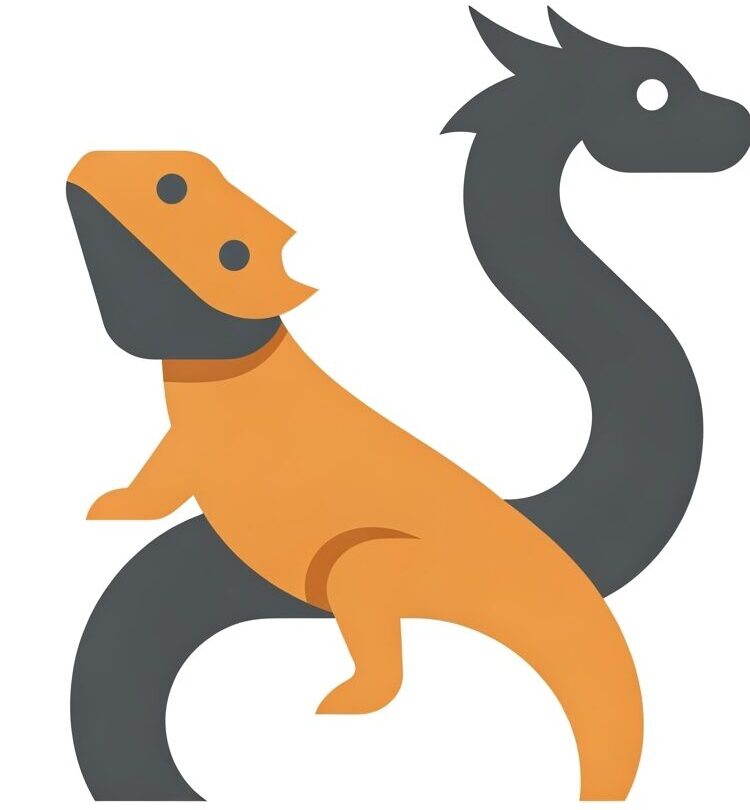Can Bearded Dragons Safely Eat Superworms? A Complete Guide
Bearded Dragons require a carefully balanced diet to thrive. This article will explore whether or not Superworms are a safe and nutritious addition to your beardie’s meal plan.
The Short Answer (Is Superworms Safe?)
Yes, Superworms can be part of a Bearded Dragon’s diet, but only in moderation. Due to their high fat content and hard exoskeleton, they should not be a staple food item and are best offered as an occasional treat.
Nutritional Value / Potential Risks
Superworms offer some nutritional benefits, but their drawbacks outweigh the positives for frequent feeding. While they do provide protein, they also contain a significant amount of fat. An excess of fat in a Bearded Dragon’s diet can lead to obesity and liver problems. The chitinous exoskeleton, while providing some fiber, is difficult to digest and poses a higher risk of impaction, especially in younger dragons.
Here’s a breakdown of the key concerns:
- High Fat Content: This is the biggest issue. Superworms are significantly higher in fat than other feeder insects like crickets or dubia roaches. Regular consumption can lead to fatty liver disease.
- Chitinous Exoskeleton: The hard shell can be difficult to digest, increasing the risk of impaction, especially in smaller or younger dragons.
- Calcium to Phosphorus Ratio: The calcium to phosphorus ratio is not ideal. While supplementation can help, it’s better to prioritize insects with a more balanced ratio.
How to Feed (If Applicable)
If you choose to offer Superworms as an occasional treat, follow these guidelines:
- Frequency: Limit Superworms to once or twice a week at most.
- Quantity: Offer only a few Superworms (1-3 depending on the size of your dragon) at a time.
- Gut-Loading: Gut-loading Superworms with nutritious greens and vegetables for 24-48 hours before feeding them to your dragon can increase their nutritional value. Good options include collard greens, mustard greens, and squash.
- Size: Ensure the Superworms are appropriately sized for your dragon. The general rule is that the insect should be no larger than the space between your dragon’s eyes.
- Calcium Dusting: Dust the Superworms with a calcium supplement before feeding to help balance the calcium to phosphorus ratio.
- Feeding Method: Offer Superworms in a feeding dish to prevent them from burrowing into the substrate.
Important Considerations / Warnings
- Variety is Key: A varied diet is crucial for a healthy Bearded Dragon. Focus on staple insects like crickets, dubia roaches, and black soldier fly larvae, and supplement with appropriate vegetables.
- Monitor for Impaction: Keep a close eye on your dragon’s bowel movements after feeding Superworms. If you notice any signs of impaction (straining to defecate, lack of appetite, lethargy), consult with a veterinarian immediately.
- Start Slow: If you’re introducing Superworms for the first time, start with a very small quantity to see how your dragon tolerates them.
- Consult Your Vet: Always consult with a reptile veterinarian to determine the best diet for your individual Bearded Dragon, especially if your dragon has any existing health conditions.
Conclusion
While Bearded Dragons can eat Superworms, they should be offered sparingly due to their high fat content and potential impaction risk. Prioritize a balanced and varied diet consisting primarily of other, more nutritious insects and vegetables to ensure the long-term health and well-being of your beloved pet.
